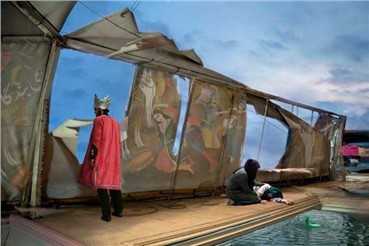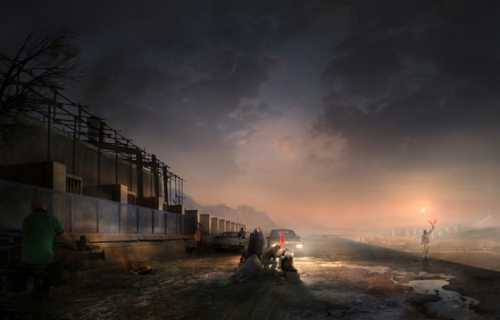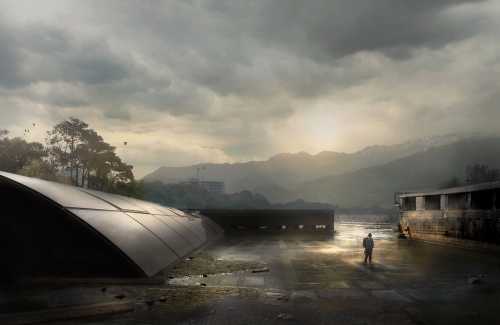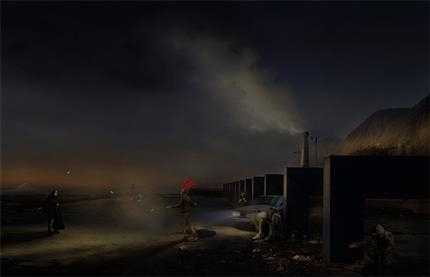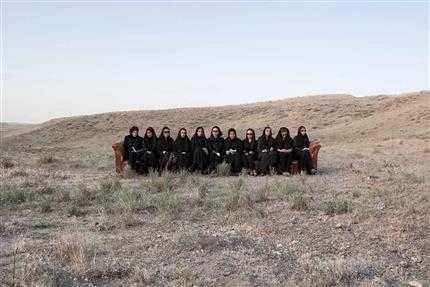- The City’s Notebook 2011 - 2012
- Archival pigment print on paper
- Photography
- 105 * 70 cm
- Edition No. 2/3
- Signed, dated and numerated with Farsi stamp
Artwork Description
In Beheshti’s 2007 series, ‘Cubic Pathways’, the stark crispness of monochrome constructions, angular or often curved and offset with bold ebony-shadowed areas and clean lines in repeated sequences, create foreign landscapes reminiscent of Bauhaus and, at times, Surrealist sensibilities. The structures are devoid of their original purpose, allowing the form and line of each segment to stand out and create a new meaning for the viewer. His 2011 series, ‘The City’s Notebook’, takes a more engaged approach to photography with staged scenes, yet Beheshti’s architectural fascination is carried throughout. Angular rooftops, perforated tunnels and geometric skeletons of edifices frame the interior scene of each photograph. This harsh environment serves to emphasize the despair, chaos, destruction and violence the city has witnessed. With direct references to an armed military presence, the bygone era of the Persian Empire, and various murders of the city’s youth, the images are one of grieving for a lost city, perhaps even a disappearing heritage, and the netting framework and enduring corridors imprisons these citizens in this reality. However, the series culminates on a hopeful note as a young chador- clad woman soars in the air, arms outstretched with a smile on her face, breaking high above the confining cages, her hands releasing a deck of playing cards. True to the Iranian spirit, these people are not entirely broken or hopeless, and though caged, free spirits will continue to rise and the cards will fall where they may.
Realized Price
3,733 USD
Min Estimate
3,091 USD
Max Estimate
4,492 USD
Average Artwork Worth
+0.797%
Average Growth of Artwork Worth
Sales Performance Against Estimates
Similar Artworks
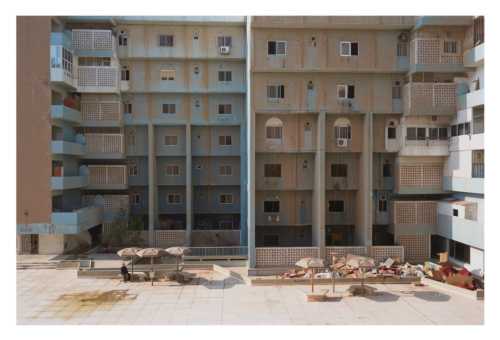
K Files, 109
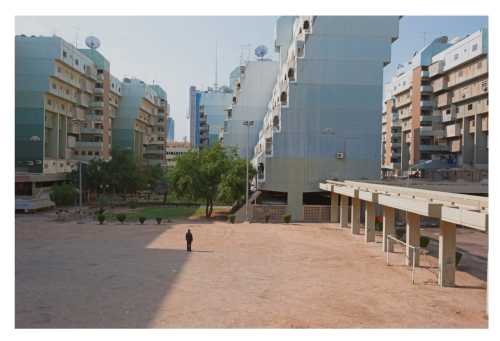
K Files, 025
